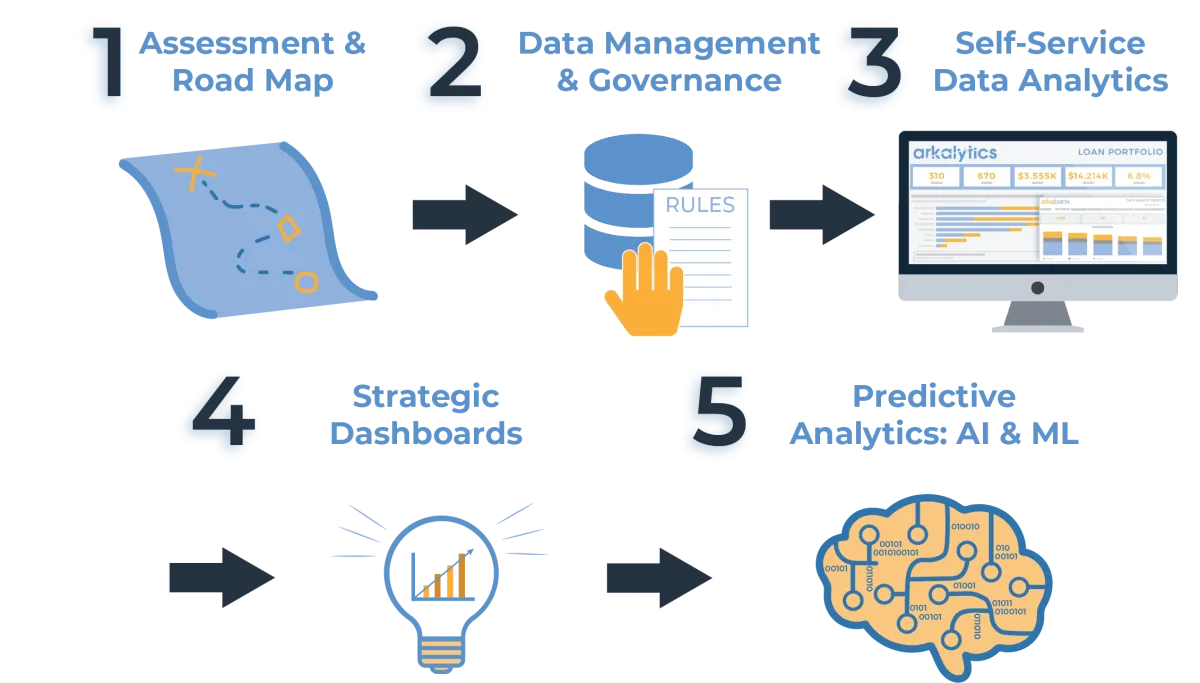Discover the powerful impact of utilizing data analytics to propel your business towards success. Learn how to leverage insights, make informed decisions, and stay ahead of the competition in today’s data-driven world.
Importance of Data Analytics
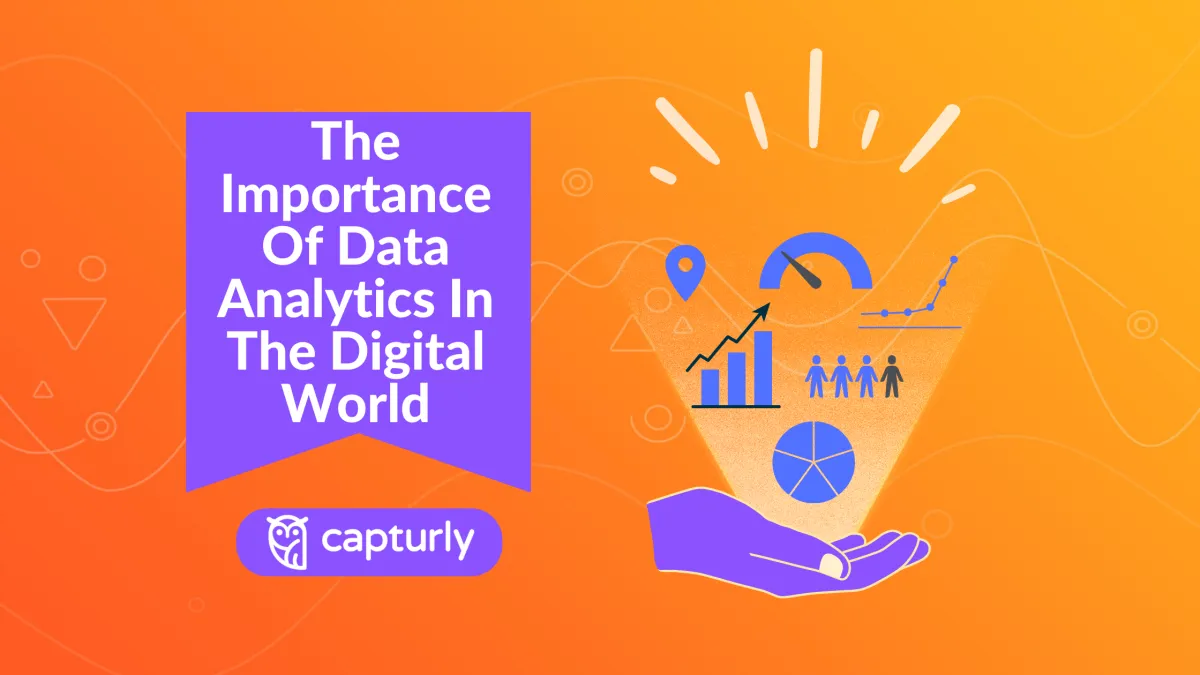
In today’s data-driven business landscape, leveraging data analytics is no longer a luxury – it’s a necessity. Data analytics empowers businesses to extract meaningful insights from vast amounts of raw data, transforming it into actionable intelligence that drives informed decision-making and fuels business growth.
Here’s why data analytics is of paramount importance:
- Enhanced Decision Making: Data analytics eliminates guesswork and subjectivity from decision-making. By analyzing historical and real-time data, businesses can identify trends, patterns, and correlations that provide a data-backed foundation for strategic choices.
- Improved Customer Understanding: Data analytics enables businesses to gain a 360-degree view of their customers. By analyzing customer data, businesses can understand customer behavior, preferences, and pain points, allowing for personalized marketing campaigns and targeted product development.
- Increased Operational Efficiency: Data analysis can pinpoint bottlenecks and inefficiencies within business operations. By identifying areas for improvement, businesses can optimize processes, streamline workflows, and allocate resources more effectively, resulting in cost savings and increased productivity.
- Competitive Advantage: In a fiercely competitive market, data analytics provides a significant edge. Businesses that effectively leverage data analytics can identify market trends early on, adapt to changing customer demands, and outperform competitors.
Collecting Relevant Data

The success of your data analysis hinges on the quality and relevance of your data. Garbage in, garbage out, as the saying goes. Here’s how to ensure you’re collecting the right data to fuel your business insights:
1. Identify Your Goals:
Start with a clear understanding of what you want to achieve. Do you want to increase sales, improve customer retention, or optimize marketing campaigns? Defining your goals will guide you in identifying the data points that truly matter.
2. Determine Key Performance Indicators (KPIs):
KPIs are measurable values that demonstrate how effectively you’re achieving your business objectives. For example, if your goal is to increase sales, relevant KPIs might include website conversion rates, average order value, or customer lifetime value.
3. Choose Your Data Sources:
Data can come from a variety of sources, both internal and external. Consider these options:
- Website Analytics: Google Analytics, for example, provides a wealth of data about website traffic, user behavior, and conversion rates.
- Customer Relationship Management (CRM) System: This is a goldmine of information about your customers, including their purchase history, interactions with your business, and demographics.
- Marketing Automation Platforms: These tools track the performance of your marketing campaigns, providing data on email open rates, click-through rates, and lead generation.
- Social Media Analytics: Platforms like Facebook, Twitter, and Instagram offer insights into audience engagement, brand sentiment, and the reach of your social media efforts.
- Sales Data: Track your sales transactions, including product or service purchased, purchase amount, and sales channel.
- Surveys and Feedback Forms: Collect valuable qualitative data by directly asking your customers for their opinions and experiences.
4. Ensure Data Quality:
The data you collect must be accurate, complete, consistent, and timely to be valuable. Implement data validation checks, cleaning procedures, and data governance policies to maintain data integrity.
5. Data Privacy and Security:
Always prioritize data privacy and comply with relevant regulations, such as GDPR or CCPA. Securely store and manage your data to protect it from unauthorized access or breaches.
Analyzing Data for Insights
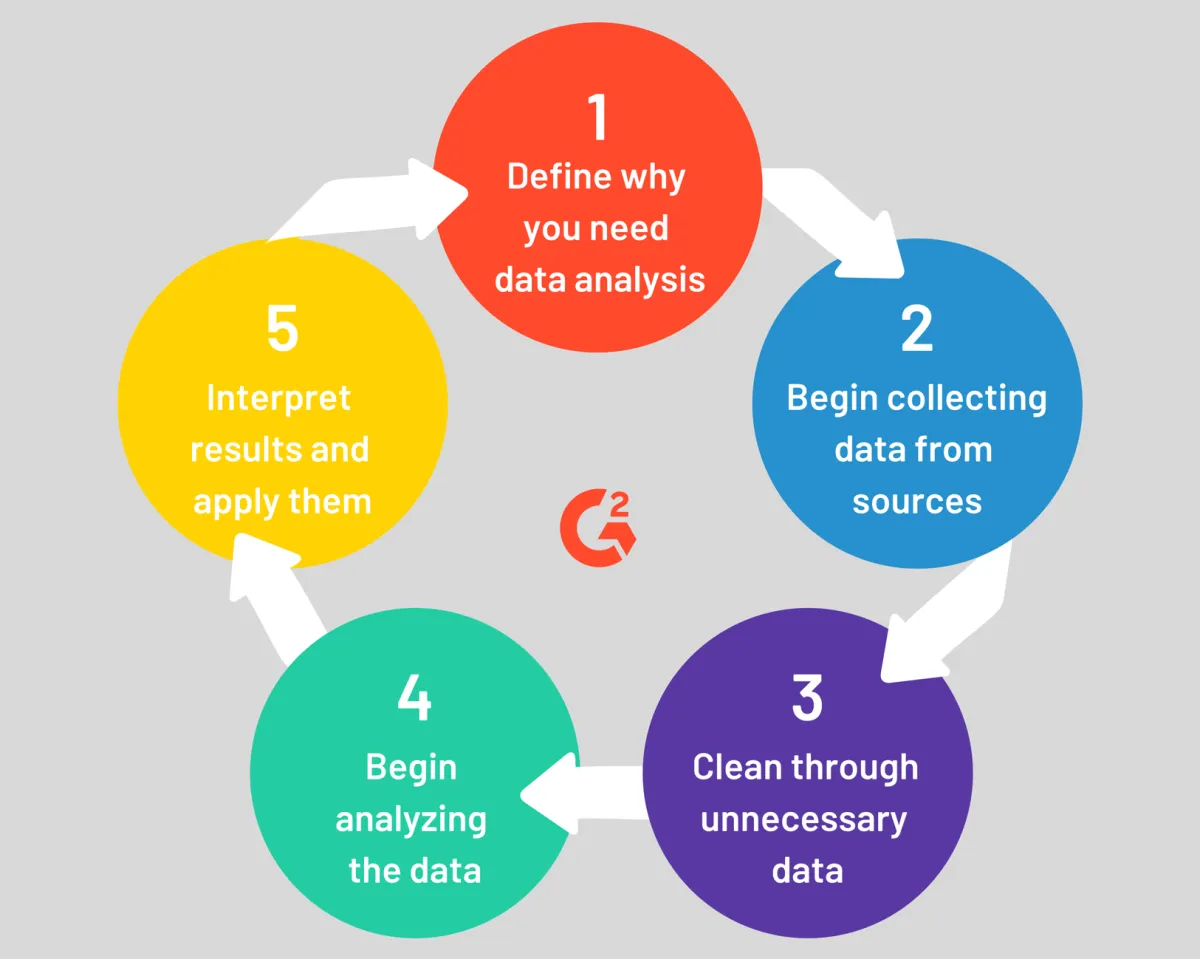
Collecting data is only the first step in the data analytics process. To truly leverage data for business success, you need to analyze it to extract meaningful insights. This is where the real value of data analytics lies.
There are various methods and techniques you can employ to analyze data, depending on your goals and the type of data you have. Some common approaches include:
1. Descriptive Analytics
This type of analysis focuses on understanding past trends and patterns. It involves summarizing and interpreting historical data to gain insights into what has happened. Common techniques used in descriptive analytics include data aggregation, summary statistics, and data visualization through charts and graphs.
2. Diagnostic Analytics
Going a step further than descriptive analytics, diagnostic analytics aims to understand why something happened. It involves drilling down into data to identify the root causes of specific trends or patterns. Techniques like data mining, correlation analysis, and data segmentation are often used in diagnostic analytics.
3. Predictive Analytics
As the name suggests, predictive analytics focuses on predicting future outcomes. By analyzing historical data and identifying patterns, predictive models can forecast future trends, customer behavior, and other business-critical factors. Machine learning algorithms and statistical modeling are commonly used in predictive analytics.
4. Prescriptive Analytics
This is the most advanced stage of data analysis. Prescriptive analytics goes beyond predicting future outcomes to recommend actions to take advantage of potential opportunities or mitigate risks. It utilizes optimization techniques, simulation, and decision-making algorithms to provide data-driven recommendations.
By effectively analyzing your data using these methods, you can uncover hidden patterns, identify growth opportunities, optimize operations, and gain a competitive advantage in the market.
Making Data-Driven Decisions
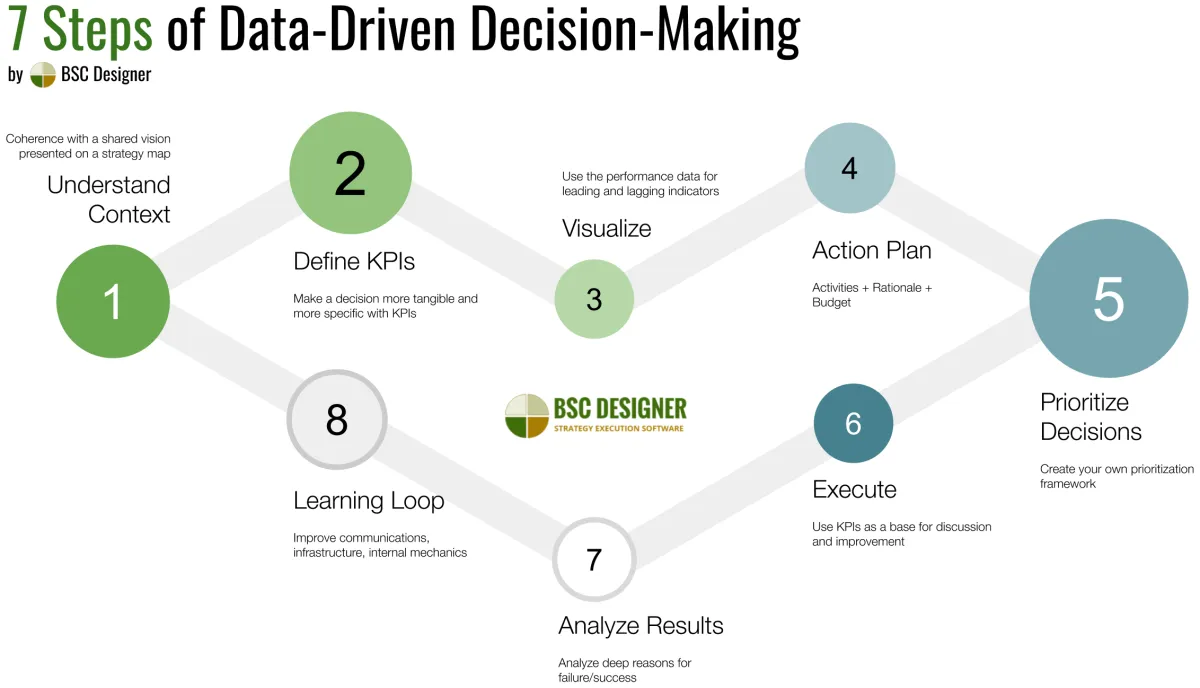
Collecting data is only half the battle. To truly leverage the power of data analytics, you need to shift from simply gathering information to using it to inform your business decisions. This means moving beyond gut feelings and assumptions and embracing a culture where data is the guiding force.
Here’s how to embed data-driven decision-making into your organization’s DNA:
1. Start with Clear Objectives
Before diving into your data, clearly define the business questions you want to answer. Are you looking to improve customer retention, optimize marketing campaigns, or streamline operations? Having a specific objective will help you focus your analysis and identify the most relevant data points.
2. Choose the Right Metrics
Not all data is created equal. To measure progress towards your goals, you need to identify Key Performance Indicators (KPIs) that align with your objectives. For instance, if your goal is to increase customer satisfaction, relevant KPIs might include customer churn rate, Net Promoter Score (NPS), or customer lifetime value.
3. Communicate Findings Effectively
Data is only as powerful as its ability to influence action. Present your findings in a clear, concise, and visually appealing manner that resonates with your audience, whether it’s executives, managers, or front-line employees. Utilize data visualization tools to create charts, graphs, and dashboards that effectively convey insights and support your recommendations.
4. Foster a Data-Driven Culture
Data-driven decision-making shouldn’t be siloed within a specific team or department. Encourage a company-wide embrace of data by providing training and resources to help employees at all levels understand and interpret data. Promote open discussions about data insights and encourage teams to share their findings and collaborate on solutions.
5. Embrace Experimentation
Data analysis is an iterative process. Don’t be afraid to experiment with different approaches, test hypotheses, and learn from your mistakes. Continuously monitor the impact of your decisions, gather feedback, and adjust your strategies based on the insights you gain.
Implementing Data Analytics Tools
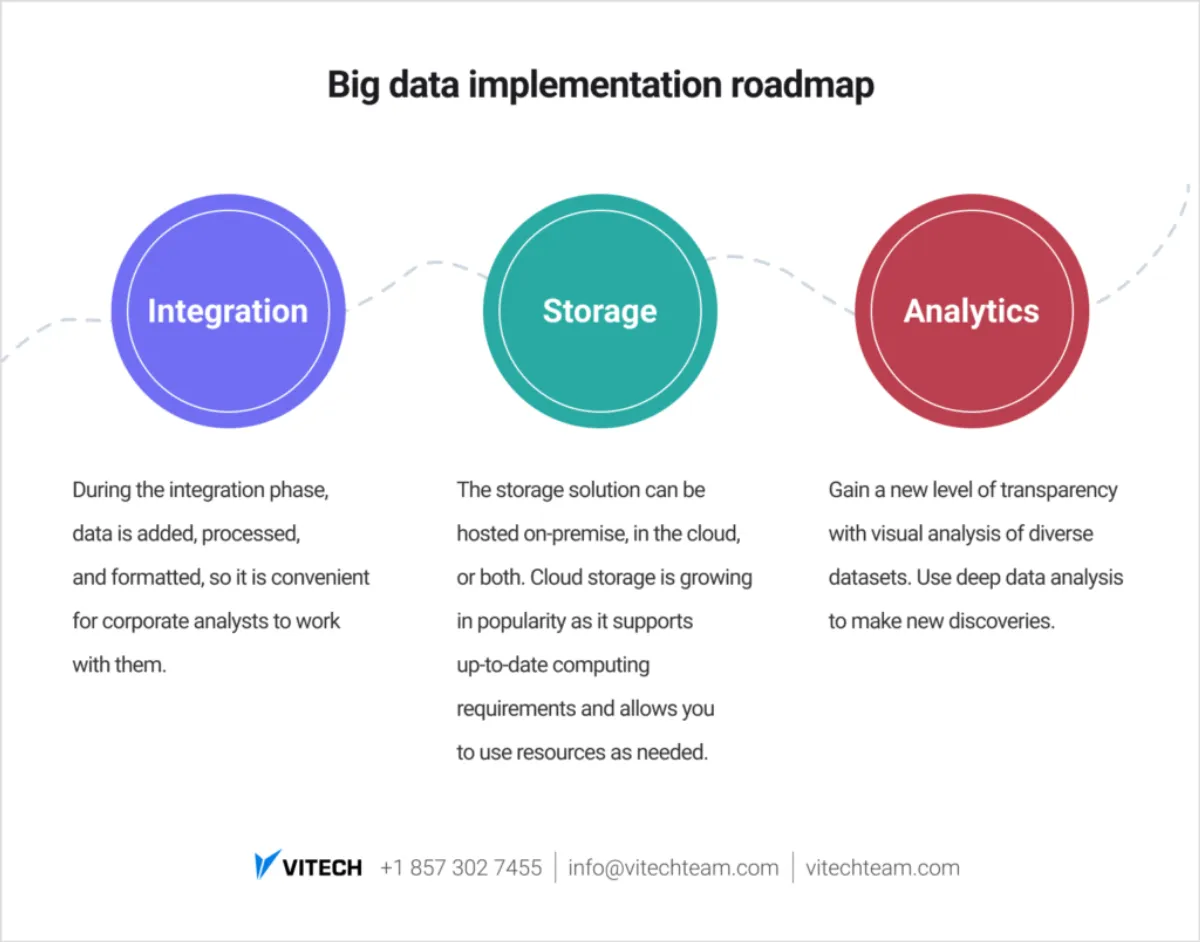
Choosing the right data analytics tools is crucial for successful implementation. Factors like business needs, data volume, and budget should guide your selection process. There are numerous tools available, ranging from spreadsheets for basic analysis to sophisticated business intelligence platforms for advanced modeling.
Key steps in implementing data analytics tools include:
- Data Integration: Collect data from various sources and consolidate it into a centralized location. This might involve connecting to CRM systems, marketing automation tools, or financial databases.
- Data Cleansing and Transformation: Ensure data accuracy and consistency by cleaning and transforming it into a usable format for analysis. This step is essential for generating reliable insights.
- Tool Deployment and Configuration: Install and configure the chosen data analytics tools according to your specific requirements. This may include setting up data connections, user permissions, and reporting dashboards.
- User Training: Train your team on how to effectively use the tools and interpret data insights. Providing adequate training ensures that your team can leverage the tools to their full potential.
- Ongoing Support and Maintenance: Establish processes for ongoing support, maintenance, and updates to ensure the smooth functioning and continued relevance of your data analytics tools.
Remember that successful implementation goes beyond just technical setup. It’s crucial to foster a data-driven culture within your organization, encouraging employees to embrace data-driven decision-making at all levels.
Measuring Business Performance
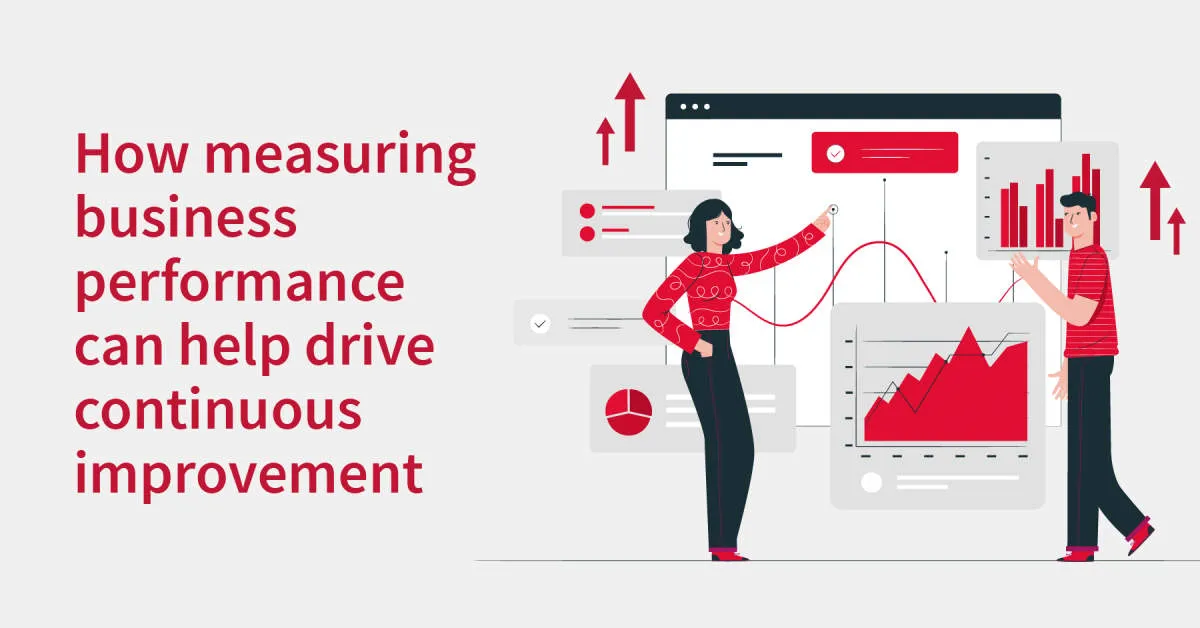
Data analytics plays a crucial role in measuring business performance by providing insights into key metrics and indicators. By collecting, analyzing, and interpreting data, businesses can gain a comprehensive understanding of their strengths, weaknesses, and areas for improvement.
Key performance indicators (KPIs) are essential for measuring business success. KPIs vary depending on the industry, but common examples include:
- Revenue growth
- Customer acquisition cost
- Customer lifetime value
- Website traffic and conversion rates
- Social media engagement
Data analytics enables businesses to track these KPIs over time, identify trends, and make data-driven decisions. For instance, analyzing website traffic data can reveal which marketing campaigns are most effective in driving traffic and conversions. Businesses can then allocate their marketing budget accordingly to optimize their return on investment.
Using Data to Benchmark Performance
Benchmarking is the process of comparing your business performance against industry standards or competitors. Data analytics provides the means to collect and analyze data from various sources to establish benchmarks. By comparing their performance against these benchmarks, businesses can identify areas where they excel or lag behind.
Data Visualization and Reporting
Raw data can be overwhelming and difficult to interpret. Data analytics tools offer data visualization capabilities, transforming complex data sets into easy-to-understand charts, graphs, and dashboards. Visualizing data makes it easier to identify patterns, trends, and outliers.
Conclusion
Utilizing data analytics effectively is essential for achieving business success in today’s competitive landscape, providing valuable insights and informing strategic decisions.

